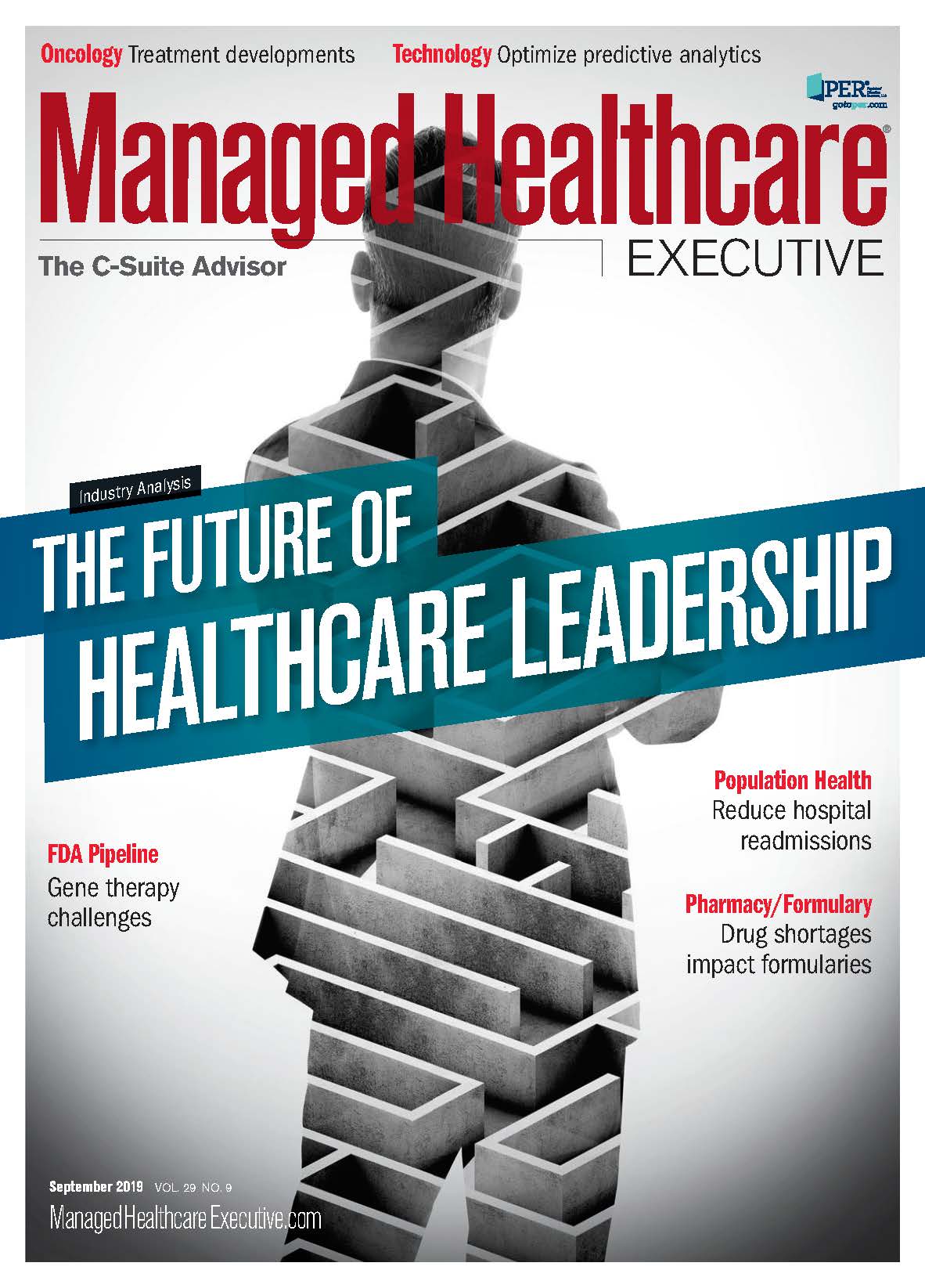Life-Altering Gene Therapy Pipeline Poses Challenges
What to expect for these high-dollar drugs.

The deluge of gene therapy drugs that have entered the market in 2019 foreshadows what industry experts believe will be a continuous push toward personalized medicine. With a variety of new, highly specialized drugs in the pipeline, insiders say the healthcare industry can expect to see shifting treatment models along with dynamic payer challenges for these high-dollar drugs.
“There’s going to be a new paradigm in medicine from a cost and patient perspective,” observes Tami John, MD, an instructor in the department of pediatrics section of hematology/oncology, Baylor College of Medicine in Houston. “From a physician standpoint, we’re advocating for negotiations from the federal, state, and hospital levels because these drugs are going to be life-changing.”
As it stands, managed care organizations are already feeling the fallout of containing the cost of gene therapies currently on the market, with some treatment costs exceeding $1 million. The most expensive drug ever approved, Novartis’ Zolgensma (onasemnogene abeparvovec-xioi), indicated for the rare spinal disorder spinal muscular atrophy, carries a staggering $2.1 million price tag. Although a one-time treatment, the advent of more gene therapies for rare conditions, blood disorders, and cancers brings the question of cost to the forefront.
In reaction to soaring costs, many payers and employers alike have begun implementing stop-loss provisions in their insurance policies to cap spending. Stop-loss policies fall into two general categories, individual and aggregate. Despite being a method to protect payers and corporations from shelling out hundreds of thousands of dollars for tailored treatment, individual policies leave patients on the hook for sizeable out-of-pocket contributions, with deductibles ranging from $40,000 on the low end to as much as $500,000, according to Dominic Galante, chief medical officer of Precision for Value in Buffalo, New York. Meanwhile, aggregate coverage protects against higher than anticipated claim activity for the plan as a whole.
Pipeline promise
There are numerous gene therapies in the pipeline, and similarly, hundreds of clinical trials are underway. Some trials target rare conditions, including sex-linked conditions such as X-linked granulomatous disease and immunodeficiency disorders, according to clinicaltrials.gov; however, hematologic and oncologic therapies appear to dominate the list, as do therapies entering the pipeline over the next 12 to 18 months.
“I expect gene therapy-within the process of chimeric antigen receptor T-cell (CAR T) therapy-to become an option for more cancers besides relapsed and refractory B-cell lymphoma along with more CAR T-cell treatments for Non-Hodgkin lymphoma and multiple myeloma,” says Vincent Vidaurri, PharmD, BCOP, a clinical oncology pharmacist at the University of Colorado Health in Fort Collins. “However, the greatest impact would be for the treatments of cancer with very poor prognoses such as pancreatic, triple negative breast, and glioblastomas.”
Related article: Top 9 Most Exciting Drugs in the 2019 Pipeline
According to new research from Prime Therapeutics, the pipeline includes specialty therapies, such as a calcitonin gene-related peptide (cGRP) drug, an alternative for migraine sufferers on Botox therapy, along with treatments for cystic fibrosis and autoimmune digestive disorders.
On the oncological front, Vidaurri anticipates that healthcare providers will bring the combining of gene therapies with immune checkpoint inhibitors seen in clinical trials to the clinic. He cites combining viral therapy such as talimogene laherparepvec (Imlygic), a genetically engineered product, with a checkpoint blocker such as nivolumab, ipilimumab, or pembrolizumab as examples.
Despite these exciting developments, John cautions that until the payment process is refined, providers should focus on finding local hubs with scientific institutions that have the resources to navigate through payment translation. She advises readers to consider institutions that have access as well as the ability to translate in large volumes to refine techniques as well as forge relationships with the payers.
Frieda Wiley, PharmD, RPh is a contract writer and consultant pharmacist.

David Calabrese of OptumRx Talks New Role, Market Insulin Prices and Other Topics 'On His Mind'
April 13th 2023In this month’s episode of the "What's On Your Mind podcast," Peter Wehrwein, managing editor of MHE connects with the now Chief Clinical Officer of OptumRx Integrated Pharmacies, David Calabrese. In this conversation, David touches on his transition in January as OptumRx’s former chief pharmacy officer and market president of health plans and PBMs to his new role as Chief Clinical Officer where he now focuses more on things such as specialty pharmacy to home delivery — with an overall goal of creating whole-patient care. Throughout the conversation, Calabrese also touched on the market’s hot topic of insulin prices and behavioral health services within the OptumRx community, among other topics.
Listen
Upended: Can PBM Transparency Succeed?
March 6th 2024Simmering tensions in the pharmacy benefit management (PBM) industry have turned into fault lines. The PBMs challenging the "big three" have formed a trade association. Purchaser coalitions want change. The head of the industry's trade group says inherent marketplace friction has spilled over into political friction.
Read More
Briana Contreras, editor of Managed Healthcare Executive, spoke with Nancy Lurker, CEO and president of EyePoint Pharmaceuticals. Nancy shared a bit about EyePoint and how the organization’s innovative therapies are addressing patient needs through eye care, and most importantly, she addressed C-Suite positions like the CEO role. Nancy shared advice for those seeking to reach the CEO level, especially toward women in healthcare and other roles, and what it takes to run a biopharma company.
Listen
The deliberate disconnection of Change Healthcare to ring fence a cyberattack entered its seventh day today. Prescribers are finding ways to get pharmacy claims processed, and UnitedHealth Group says disruption to the dispensing of prescriptions has been minimal. But independent pharmacies want more information and protection from financial consequences from pharmacy benefit managers.
Read More